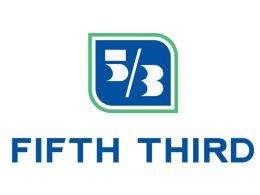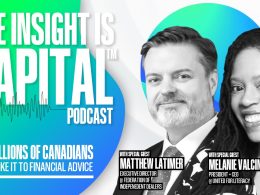by Morgan Harting, AllianceBernstein
Income investors used to be able to rely on government bonds as a core that would provide yield and return and stability. And those days are gone.
There has been a real temptation for income investors seeing near-zero government bond yields to lean into investment-grade bonds, to high-yield bonds. And in doing so, they’re taking on more and more downside risk—essentially bankruptcy risk. And that’s something that needs to be managed very carefully to diversify the credit exposures one has and also to look for credit-like investments, like securitized assets or mortgages, which can provide diversification. That’s something we do in our global multi-sector fixed-income portfolios. And we can extend that in a multi-asset portfolio to include equities, but being careful not to double down on the same types of investments, the same issuers, to get greater diversification.
It’s important to think about the role that each type of investment plays in an income portfolio. So, credit can play a great role in terms of providing that yield and that income, but investors often overlook equities as a source of income as well. Higher-dividend equities can yield 4 or 5% today, and they have that potential for capital appreciation that corporate bonds simply don’t.
But we have to be careful about what type of equities we combine with corporate bonds. And diversification and risk management is critical. So, for example, a corporate bond portfolio might be concentrated in a particular sector, like utilities, and inadvertently, yield-oriented equity investors might also concentrate in utilities. So, in a multi-asset combination with integrated risk management, you ensure that you don’t double down on the same sectors or companies, and in that way, achieve better diversification to reduce your drawdown risk.
Another thing for income-oriented investors to consider is to look beyond credit for yield. That could mean securitized assets. It could mean credit-risk transfers. But it could also mean master limited partnerships. It could mean preferred shares. Convertible. The more we can broaden the opportunity set, the more we can diversify our sources of income and not inadvertently concentrate in a particular segment of the capital markets, exposing the portfolio to greater drawdown risk. So, in a multi-asset portfolio, we’re very deliberate about managing those concentration risks and ensuring that we really understand and diversify—both from a quantitative and a fundamental perspective—the types of risks we’re getting. And that we don’t take excessive concentrations.
This post was first published at the official blog of AllianceBernstein..












